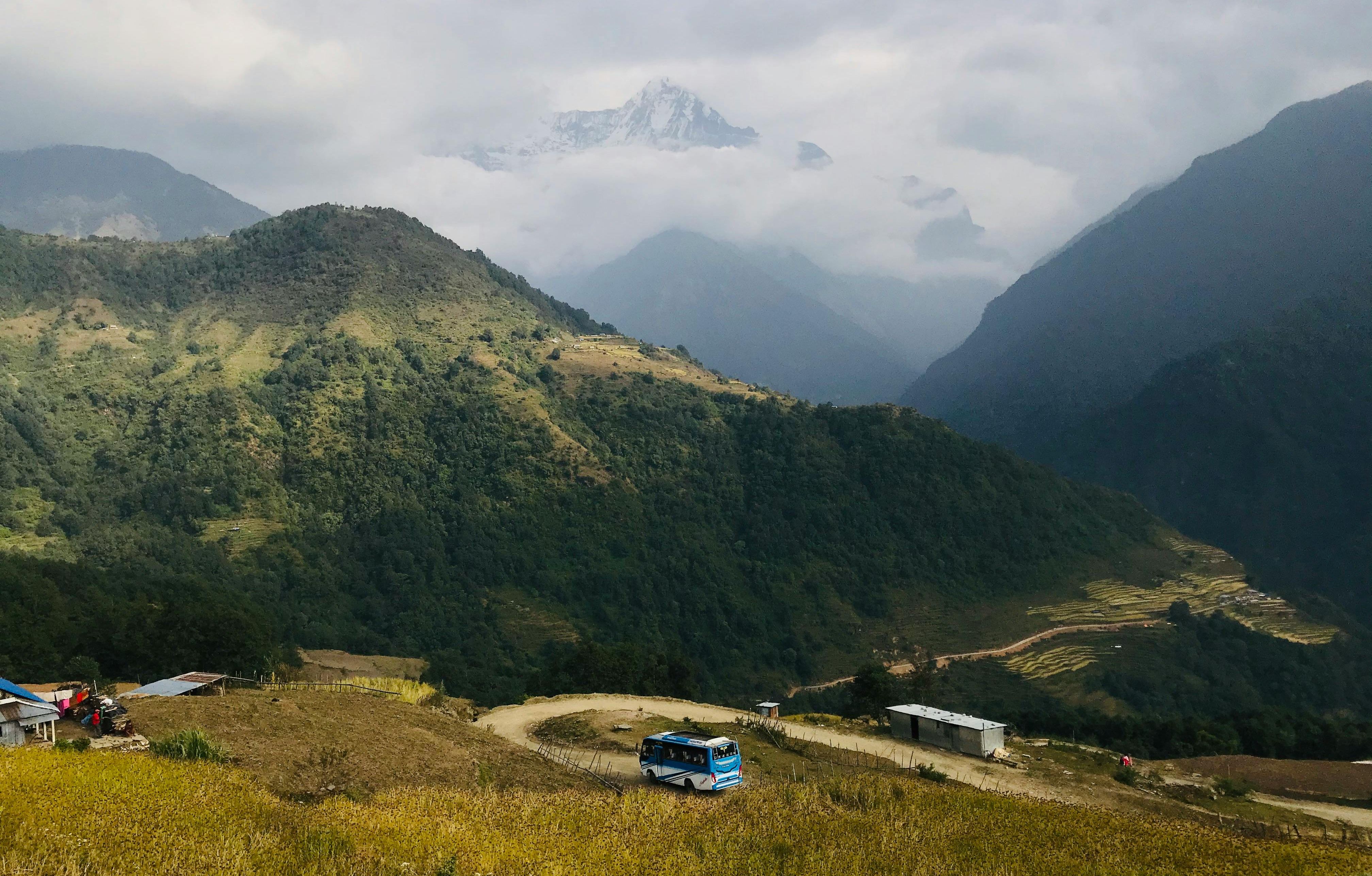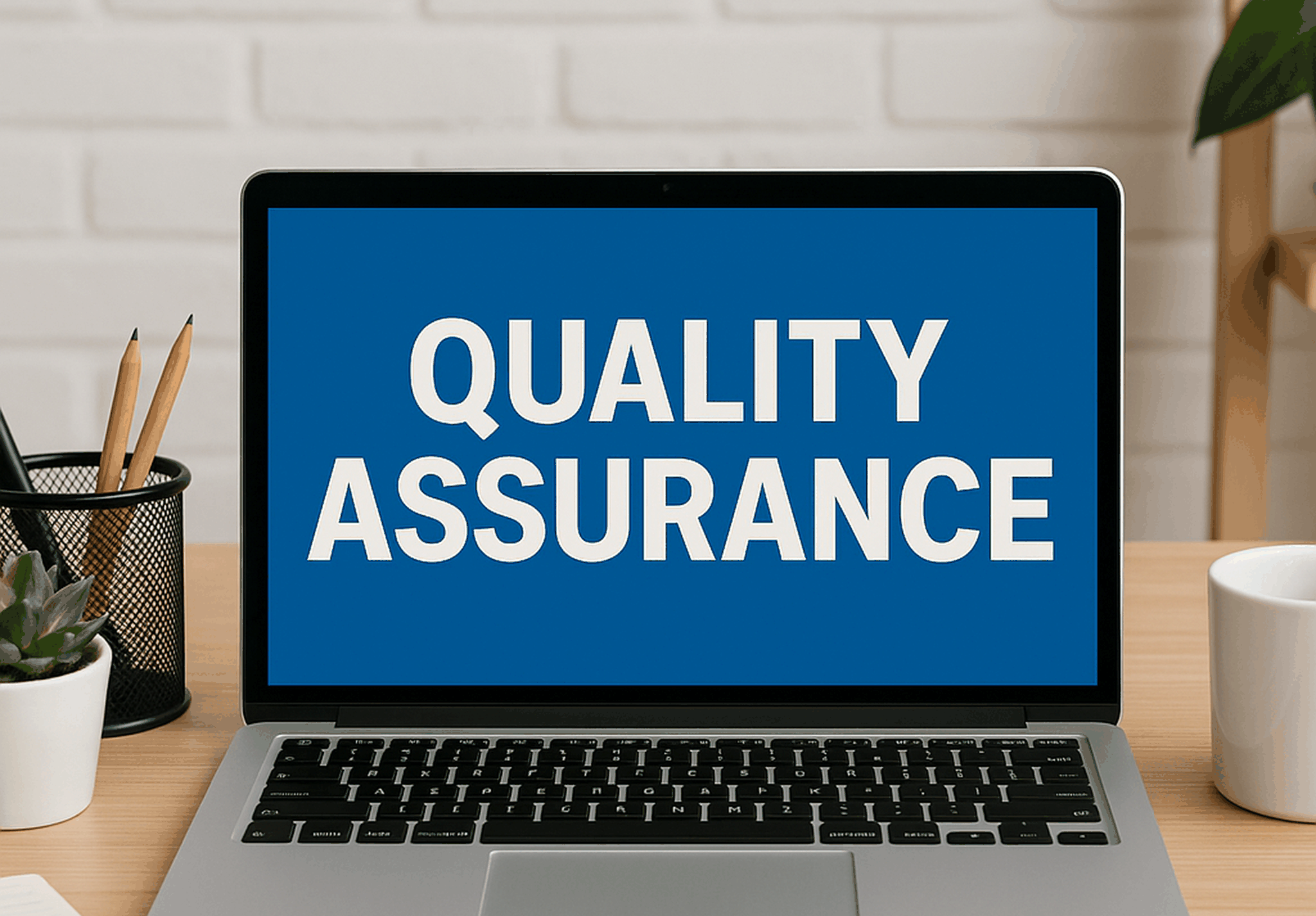Regional Vendor Sourcing Outside Major Cities
Author
Chan
Date Published

Planning events beyond Tokyo, Osaka, or Yokohama introduces a rewarding challenge: finding reliable local partners who can match metropolitan quality while preserving regional character. From venues in Kanazawa and Kagoshima to transport providers in Takamatsu, Japan’s regional suppliers offer authenticity and cost efficiency but sourcing them requires cultural awareness, logistical foresight, and careful verification.
This guide explains how to identify qualified vendors in regional Japan, navigate transport limitations, bridge language gaps, and ensure consistent quality assurance through local channels and CVBs.
Vendor Mapping and Regional Networks
Regional sourcing in Japan relies heavily on local convention bureaus (CVBs) and municipal tourism offices. These entities act as matchmakers, introducing planners to vetted suppliers such as caterers, transport operators, decorators, and stage technicians.
Regional Vendor Mapping Table
Region / Prefecture | CVB / Source Contact | Vendor Types Commonly Available | Coordination Tip |
|---|---|---|---|
Hokkaido | Sapporo Convention Bureau | Catering, AV, logistics | Confirm snow season transport capacity |
Tohoku | Sendai Tourism and Convention Bureau | Translation, local performers | Request English proposals early |
Chubu | Nagoya Convention & Visitors Bureau | Venue, printing, AV | Verify power standards and loading access |
Kansai | Kyoto / Osaka CVB | Decor, staging, interpreters | Align delivery hours with union rules |
Kyushu | Fukuoka Convention Bureau | Transport, signage, cultural shows | Ask for regional subcontractor lists |
Okinawa | Okinawa Convention & Visitors Bureau | Catering, local crafts | Confirm typhoon season policies |
Mini Checklist
- Contact CVBs two to three months before vendor engagement
- Request bilingual profiles and pricing sheets
- Cross-check business licenses or industry association memberships
- Maintain a vendor database with contact dates and response notes
Clause Example:
The Organizer shall prioritize vendors listed through recognized regional bureaus or certified local networks, ensuring verifiable licenses and operational reliability before contract signing.
Schedule one preliminary call with each CVB to confirm vendor referral procedures and available language support.

Transport Considerations and Access Planning
Regional Japan often presents logistical constraints such as narrow roads, limited truck access, or ferry-dependent islands. Early coordination with local transport companies ensures timely delivery and collection of materials without disrupting public routes or neighborhood schedules.
Regional Transport Reference
Condition | Common Challenge | Best Practice |
|---|---|---|
Mountainous / Snow Regions (e.g., Hokkaido, Nagano) | Weather-related delays | Book 24-hour buffer for load-in/out |
Island Venues (Okinawa, Setouchi) | Limited cargo ferry schedules | Ship bulk freight 3–5 days in advance |
Historic Districts (Kyoto, Kanazawa) | Restricted truck access | Use smaller vehicles and timed permits |
Regional Airports | Cargo size restrictions | Confirm with airport logistics service |
Rural Towns | Few overnight accommodations | Secure hotel allotments for vendor crews early |
Mini Checklist
- Include travel time buffers in vendor contracts
- Verify local parking and unloading permissions with city offices
- Coordinate night deliveries to avoid daytime traffic restrictions
- Label all freight in Japanese for customs or ferry handling
Clause Example:
All vendor transport schedules shall incorporate regional access restrictions and buffer time for weather or infrastructure delays, ensuring continuous event setup and teardown.
Add a bilingual logistics timeline to your event’s operations manual for easy reference by Japanese drivers.

Language Mediation and Communication Protocols
Language remains one of the most underestimated barriers in regional vendor sourcing. Many small suppliers operate primarily in Japanese and rely on visual or face-to-face instruction. Incorporating interpreters or bilingual coordinators in every communication chain ensures accuracy and mutual understanding.
Language Mediation Flow
Stage | Communication Tool | Who Translates | Frequency |
|---|---|---|---|
Inquiry / Quotation | Email or fax (still common regionally) | CVB staff or bilingual assistant | Once per vendor |
Site Visit / Inspection | On-site interpreter | Local guide or hired interpreter | During visit |
Contract Negotiation | Online meeting | English-speaking CVB staff | Once confirmed |
Event Operation | Group chat or LINE thread | Bilingual coordinator | Daily during setup |
Post-Event Feedback | Survey or report | CVB translator | Within one week |
Mini Checklist
- Hire a bilingual local liaison or interpreter early in the process
- Keep all written instructions in simple English and Japanese
- Verify deliverables with photos rather than text alone
- Use a shared digital folder for translation consistency
Clause Example:
All communications with regional vendors shall be facilitated through bilingual coordination, with written translations provided for all critical operational documents.
Create bilingual templates for orders, load schedules, and invoices to reduce errors.

Quality Assurance and Reliability Checks
Regional suppliers in Japan maintain strong local reputations but may lack standardized documentation. Reliability verification must combine references, visual proof, and sample work checks. Many CVBs will help verify a vendor’s past event history if requested.
Quality Assurance Matrix
Verification Step | Action Required | Example Tool | Expected Outcome |
|---|---|---|---|
Reference Check | Request two past client contacts | Email or call | Confirm delivery record |
Visual Portfolio | Review event photos or videos | Vendor’s site or shared folder | Verify production quality |
Site Visit | Conduct pre-event inspection | Checklist and photo record | Confirm storage and condition |
Trial Order | Test small deliverable | Sample signage or AV setup | Evaluate responsiveness |
CVB Confirmation | Ask for written verification | Email confirmation | Proof of local accreditation |
Mini Checklist
- Request high-resolution photos of previous work
- Maintain a record of delivery punctuality and accuracy
- Include performance clauses in all contracts
- Conduct post-event vendor evaluations for future reference
Clause Example:
The Organizer shall assess regional vendors through reference checks, site inspections, and documented quality audits before final appointment, ensuring adherence to agreed service levels.
Document each verification step and file it in your sourcing archive for audit readiness.
FAQs
1. How do I find reliable vendors in small Japanese cities?
Contact local CVBs or tourism bureaus first; they maintain databases of verified suppliers and often provide bilingual support.
2. Are prices lower outside Tokyo and Osaka?
Yes, but expect additional transport costs that may offset savings. Quality and punctuality remain comparable if vendors are well briefed.
3. How can I communicate effectively with non-English-speaking suppliers?
Use bilingual intermediaries or interpreters and confirm all key points in writing. Visual diagrams also help bridge understanding.
4. Should I bring my own equipment to regional venues?
Only if the local infrastructure cannot meet technical requirements. Always confirm local voltage, rigging limits, and delivery timelines.
5. How can I verify a regional vendor’s reliability?
Request local references, visual portfolios, and written verification from the regional CVB before contracting.
Conclusion
Sourcing vendors in regional Japan is an exercise in balance—combining authenticity and cost savings with careful coordination and trust building. By leveraging regional CVBs, bilingual liaisons, structured transport planning, and quality assurance protocols, planners can unlock the full potential of Japan’s local supply network.
With the right preparation, even the most remote prefecture can deliver world-class standards. To receive editable vendor mapping sheets, bilingual coordination templates, and sample quality audit forms, connect with us for a regional sourcing toolkit.